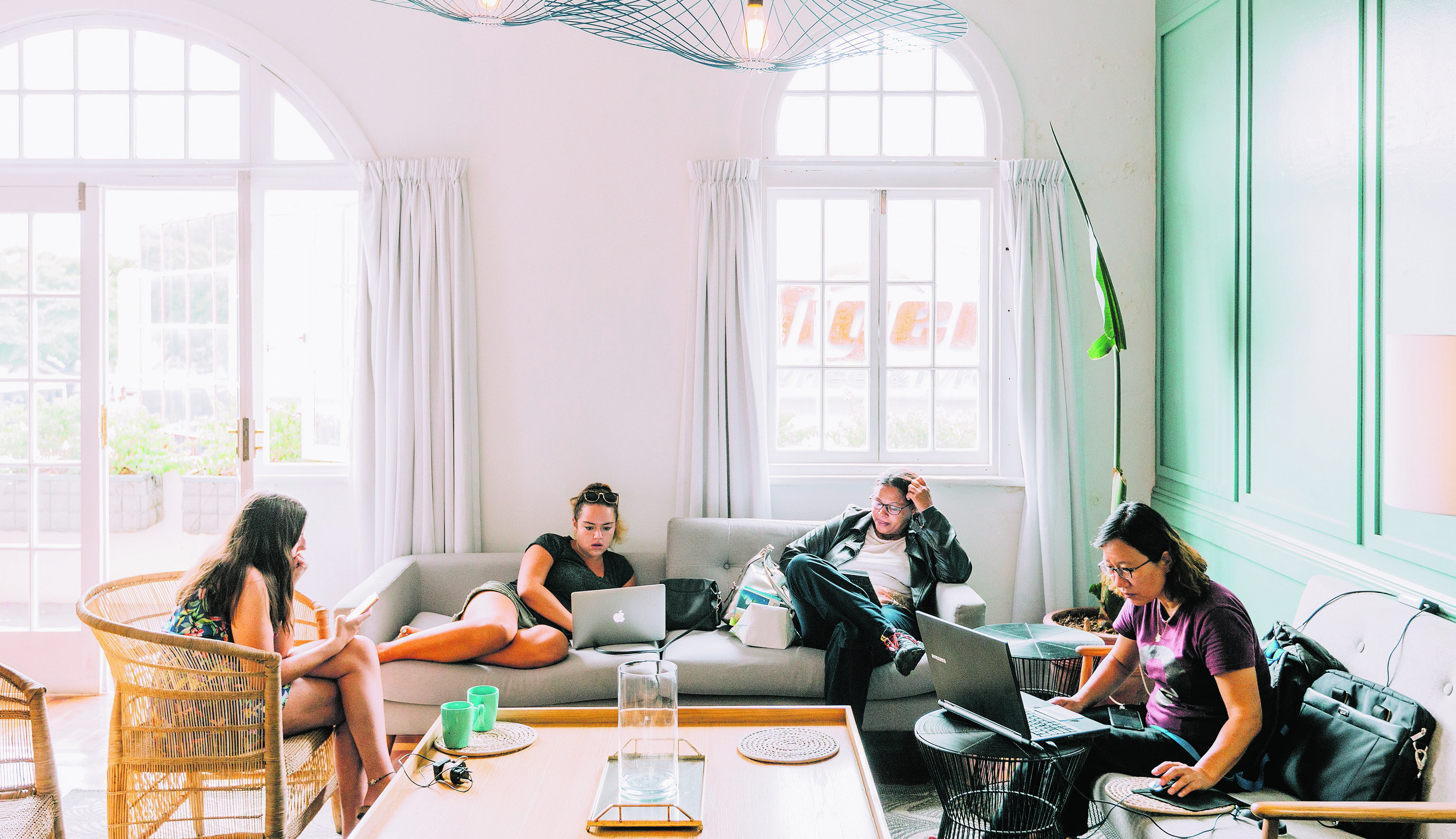The evolution of backpacking (Photo Archive)
The backpacking industry has undergone a major evolution since the stereotypical days of grungy dorm rooms, worn mattresses and rundown buildings. With the advent of technology, the modern backpacker is looking for more than just a cheap bed.
Backpackers hostels have typically been associated with overcrowded and unhygienic conditions. However, a rise in experience-focused and boutique hostels has birthed a new era of high quality standards, rivalling many hotels.
And if sleeping in a dorm room with a bunch of strangers is not your cup of tea, most hostels have private rooms with beautiful decor and en-suite bathrooms. They offer an inexpensive alternative to hotels; a mix of privacy and a vibrant social atmosphere, which is a great opportunity to meet new people.
“Our product categories range from a room for R1 200, to a dormitory bed for R180,” said entrepreneur Bheki Dube. The 27-year-old owns one of the fastest growing backpackers hostel models in South Africa; Curiocity Backpackers. He is the only black person in the country who owns backpackers hostels in two major cities — Johannesburg and Durban. They’re both 4-star-graded. “Cape Town is launching soon,” he said.
Dube said most backpackers at Curiocity were between the ages of 18-35. “What these millennials are looking for is connection to the eco-systems they’re in.” He said his establishment is experience-driven, with a huge emphasis on public art and meeting artists and entrepreneurs in the city.
“With models like Curiocity, you’re able to create inclusive and integrated spaces where both locals and internationals can have dialogue and share spaces … You feel like you’re part of the community in the spaces that you’re living in,” he added.
The modern backpacker relies heavily on technology; an entire trip can be researched, booked and paid for on a mobile phone. A decision on which hostel to choose can be based entirely on online reviews, and whether there is fast WiFi. This would have been a really wild fantasy back in the 1980s, when Ralf Kuhn filled his backpack and hit the road.

“In the 80s you’d have to send a letter or make a phone call to your destination and after that you were on your own… there was no communication; your family just knew that you were en route to somewhere. When you arrived, you’d find what we used to call a ticky-box and call home,” said the Capetonian. “It was complicated, but it was an adventure … you couldn’t rely on any kind of media to take you further,” he recalled.
At the tap of a button, you can share holiday images with friends and strangers alike on social media, but, “back then, you’d have to take schools of film, after the trip you’d have the photographs developed and you’d have to individually phone friends to come around and show them the photographs. Many people made photo albums and you would carry the album with you because there was no Facebook in those days,” said the former flight attendant.
The 58-year-old said Durban was a major attraction among backpackers, “It had a hippie spirit and because of its climate, it was conducive for people to congregate at the coast.” He acknowledged that backpacking was harder in the 80s. “It was certainly more inconvenient, but it was more fun. I think there was a lot more adventure involved.”
South Africa is still a popular destination for local and international backpackers. Sarah Weber has visited the country a handful of times since her first backpacking trip here in 2015. “I have a hair salon that I go to when I come to town!” exclaimed the American backpacker, “same stylist, his name is Nyiko.”
The 26-year-old health programme worker who’s also been to other African countries believes a lot of first-time travellers to Africa choose South Africa first. “I think the level of development is higher and there’s a level of familiarity and there’s just so much to see here too,” she emphasized.
Southeast Asia is the most popular backpacking destination and home to the oldest backpacking trails. This was influenced by Southeast Asia on a Shoestring, a book written by Tony Wheeler in the 1970’s. It has since grown into the Lonely Planet guidebooks empire, a modern and useful resource for backpackers.
Sarah has also backpacked in the popular Asian region. However, she described the South African experience as being more authentic. “There are just so many more tourists in Southeast Asia and it’s saturated with too many people in a lot of places like Thailand. Although you do run into tourists here, it doesn’t feel like you’re being overwhelmed by tourism,” she said.
A sense of culture, community and belonging are key to any backpackers hostel. “You don’t want to only be around tourists, because you’re going to another country to experience things about that country,” she gushed.
“I find it really easy-going to travel here,” she maintained, addingthat she’s used several modes of transport, including a rented car, a public minibus taxi and taxi hailing apps. “I’ve definitely told a lot of people that they should come to South Africa,” said the NGO worker.
Regardless of the era and conditions backpackers find themselves in, this is a group that has consistently committed to their traditional spirit of camaraderie. Though no longer under moonlight, they still gather at hostels every evening to share their amazing adventures and create priceless memories.